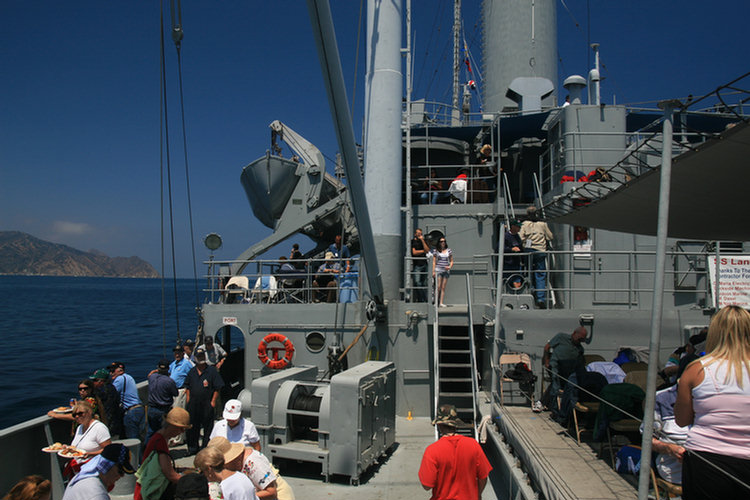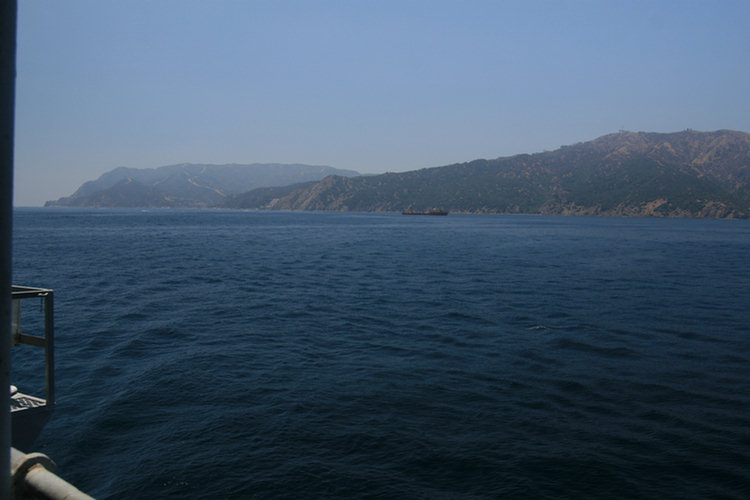We Enter The First Museum On Board For a Look (Page Two)

On of three racks used to degauss the ship
The term degaussing was first used by (then) Cmdr. Charles F. Goodeve, RCNVR, during World War II while trying to counter the German magnetic mines that were playing havoc with the British fleet. The mines detected the increase in magnetic field when the steel in a ship concentrated the Earth's magnetic field over it. Goodeve developed a number of systems to induce a small "N-pole up" field into the ship to offset this effect, meaning that the net field was the same as background. Since the Germans used the gauss as the unit of the strength of the magnetic field in their mines' triggers (this was not yet a standard measure), Goodeve referred to the various processes to counter the mines as degaussing. The term became a common word.
The original method of degaussing was to install electromagnetic coils into the ships, known simply as coiling. In addition to being able to continually bias the ship, coiling also allowed the bias field to be reversed in the southern hemisphere, where the mines were set to detect "S-pole down" fields. British ships, notably cruisers and battleships, were well protected by about 1943.
Installing such special equipment was, however, far too expensive and difficult to service all ships that would need it, so the navy developed an alternative called wiping (devised by Goodeve), which simply dragged a large electrical cable along the side of the ship with about 2000 amps flowing through it. This induced the proper field into the ship in the form of a slight bias. It was originally thought that the pounding of the sea and the ship's engines would slowly randomize this field, but in testing this was found not to be a real problem. A more serious problem was later realized: as a ship travels through the Earth's magnetic field it will slowly pick up that field, counteracting the effects of the degaussing. From then on captains were instructed to change direction as often as possible to avoid this problem. Nevertheless the bias did wear off eventually, and ships had to be degaussed on a schedule. Smaller ships continued to use wiping through the war.

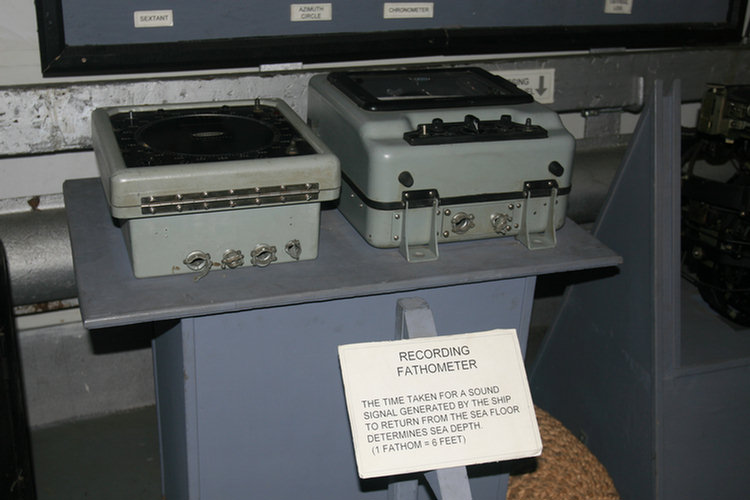

Navigation devices were quite interesting and all five were used during the war!

At night this little guys was pulled behind the ship and measured the distance travel through the water!
Radio Direction Finders
Did You Know? - Radio Direction Finding works by comparing the signal strength of a directional antenna pointing in different directions. Conventionally the antenna is rotated and the operator listens for the direction in which the signal from a known station comes through most strongly or most weakly. This system was widely used in the 1930s and 1940s. RDF antennas are easy to spot on World War II aircraft, being circular loops under the rear section of the fuselage or above the cockpit. Later installations enclosed the antenna in a teardrop shaped fairing.

Radio Direction Finder
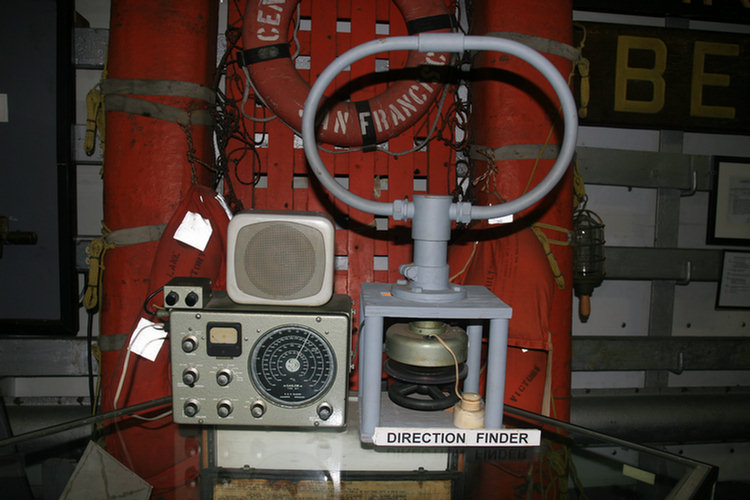
Did You Know? - A radio direction finder (RDF) is a device for finding the direction to a radio source. Due to radio's ability to travel very long distances and "over the horizon", it makes a particularly good radio navigation system for ships and aircraft that might be some distance from their destination.
Radio Direction Finding works by comparing the signal strength of a directional antenna pointing in different directions. Conventionally the antenna is rotated and the operator listens for the direction in which the signal from a known station comes through most strongly or most weakly. This system was widely used in the 1930s and 1940s. RDF antennas are easy to spot on World War II aircraft, being circular loops under the rear section of the fuselage or above the cockpit. Later installations enclosed the antenna in a teardrop shaped fairing

Did You Know? - In the beginning of 1942, the Germans had a turkey shoot on our ships.
The Battle of the Philippine Sea (aka "The Marianas Turkey Shoot") was a decisive naval battle of World War II, and the largest aircraft carrier battle in history. It was fought between the navies of the United States and the Empire of Japan. Part of the wider Pacific War, this action occurred on June 19 – 20, 1944 off the Mariana Islands and also involved Japanese land-based aircraft.
The engagement proved disastrous for the Imperial Japanese Navy which lost three aircraft carriers and some 600 aircraft. These losses are largely attributed to the obsolescence of the Japanese aircraft types involved, and even more so to the extreme inexperience of the majority of Japanese carrier aircrew (many experienced Japanese pilots had died during the Battle of Midway and other previous engagements), in contrast to the US Navy's more modern Grumman F6F Hellcat fighter, its better-trained and more experienced airmen, and its radar-directed combat air patrols.
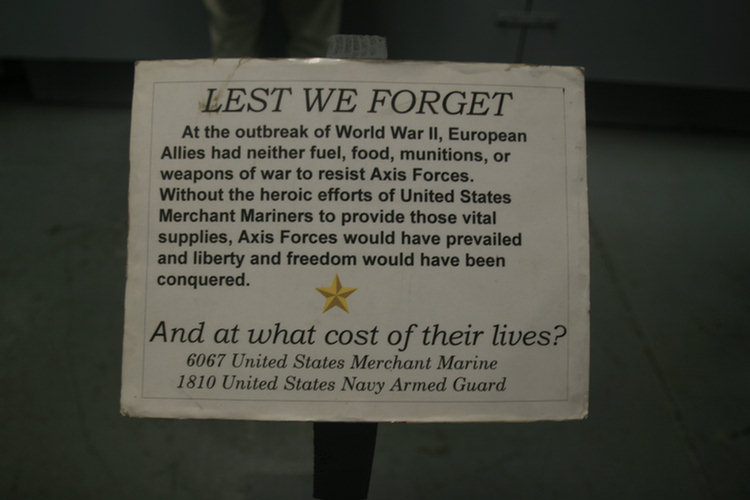
The Model Of An Engine Provided Information But It Wasn't From The Victory Ships

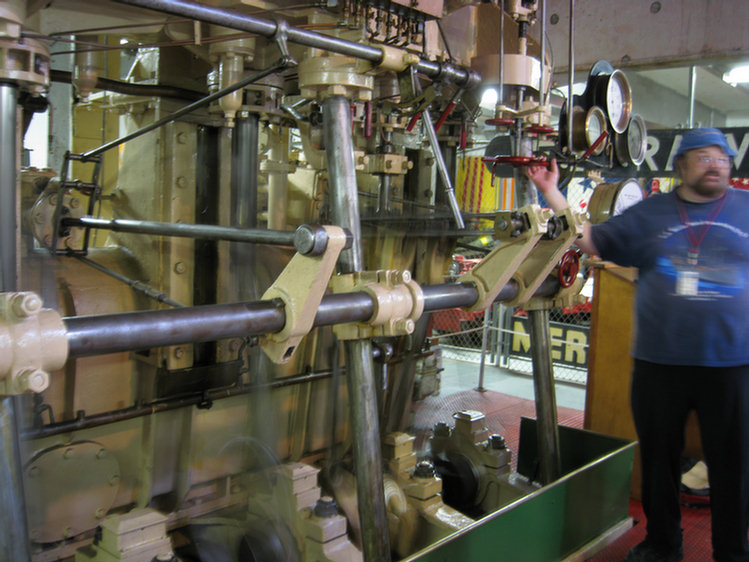


Anti-Ship Mines Were Quite Effective
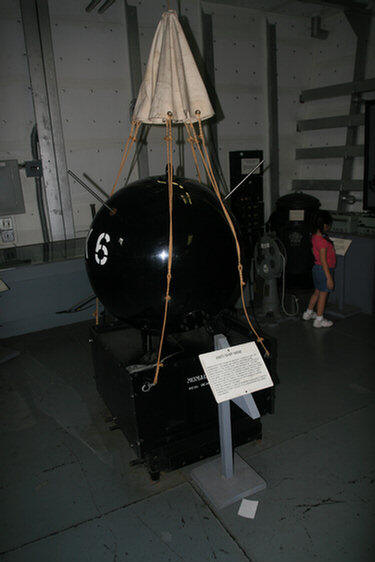
The mines laid down by German Submarines worked effectively
A naval mine is a self-contained explosive device placed in water to destroy ships or submarines. Unlike depth charges, mines are deposited and left to wait until they are triggered by the approach of or contact with an enemy ship. Naval mines can be used offensively, to hamper enemy ships or lock them into a harbor; or defensively, to protect friendly ships and create "safe" zones.
There are three main uses of mines: offensive, defensive and psychological. Offensive mines are placed in enemy waters, outside harbors and in important shipping routes to sink civilian and military ships.
Defensive minefields protect a coast from enemy ships and submarines and force them into areas that are easier to defend.
Minefields designed for psychological effect are usually placed in trade routes and are used to stop shipping to an enemy nation. They are also spread out thinly, to create a feeling of random minefields in large areas.
A single mine along a shipping route can stop shipping for days until the entire area is swept. International law requires nations to declare when they mine an area, in order to make it easier for civil shipping to avoid the mines.
The warnings do not have to be specific; during World War II, Britain declared simply that it had mined the English Channel, North Sea, and French coast.
Long Beach Made 100's Of Victory Ships Using Modern Methods
Did You Know? - The Lane Victory was fabricated in 90 days from start to finish!
These were an enhancement of the previous Liberty ship design that was produced in much greater numbers; in particular, they had a higher speed of 15 to 17 knots (28 to 31 km/h) compared to 11 knots (20 km/h) and longer range. The higher speed was particularly important because it made them less easy prey to U-boats, and was achieved by using improved engines over the Liberty's triple expansion reciprocating steam engine — Lenz type reciprocating steam engines, steam turbines or diesel engines with a power output between 6000 and 8500 horsepower (4.5 and 6 MW).
It also had electrically powered auxiliary equipment rather than steam powered. They were oil fired, although some Canadian vessels were completed with both bunkers and oil tanks so that they could use coal or oil.
They also had strengthened hulls compared to Liberty ships since a few of the latter had suffered fractured hulls. To improve the hull flexibility (to reduce stresses), the frames were 36 inches (914 mm) apart as opposed to 30 inches (762 mm). Victory ships were slightly larger than Liberty ships, at 455 feet (139 m) long and 62 feet (19 m) wide with 28 feet (7.6 m) draft (loaded). With a fine raked bow and a 'cruiser' stern, to help achieve the higher speed, they had a quite different appearance to Liberty ships.

Picture circa 1943 with Victory Ships in full production
right here at Terminal Island during the war!

Shooting through plastic is not easy but one
can see the ships being progressively built


Everybody Loves Jeeps
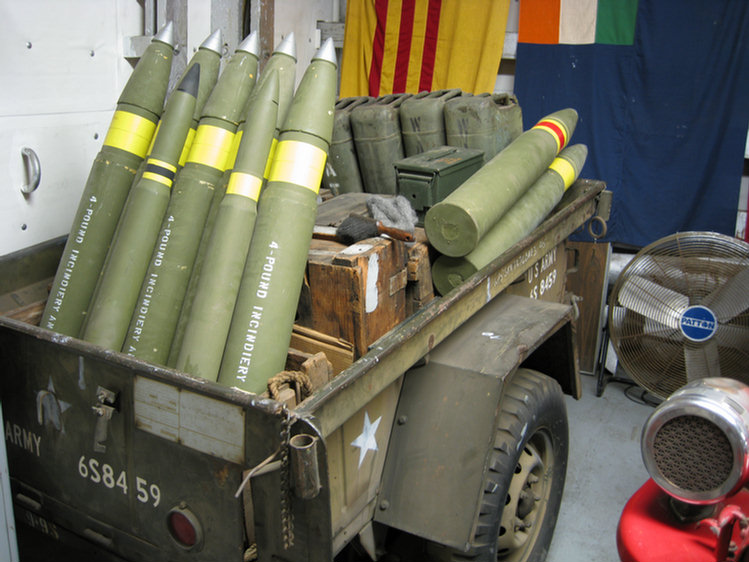
The museum contained several vehicles and dummy (we hope) ammunition

Everybody loves jeeps!
Top Side Again!
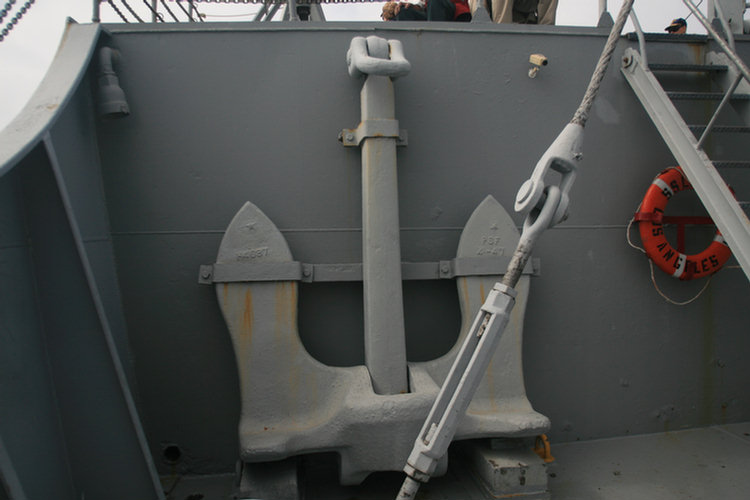
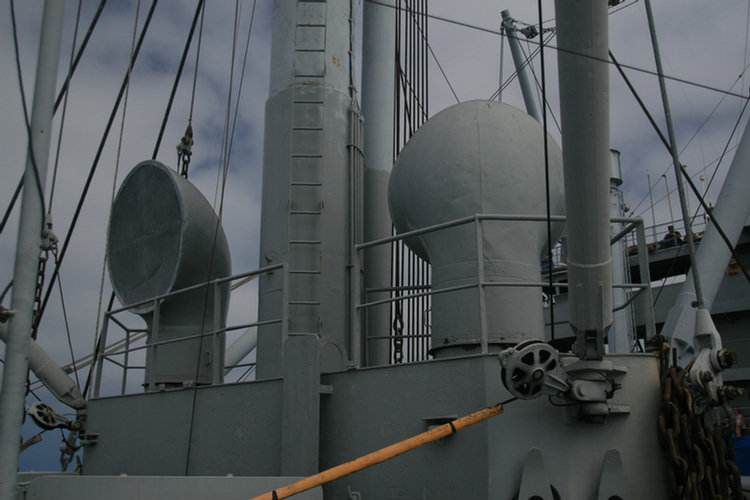
Air for the engine room... It is hot down there!


